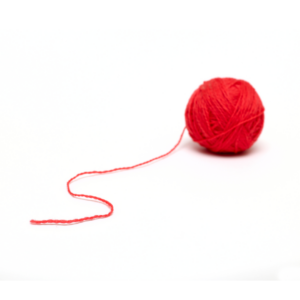
When experiencing headaches or migraines, it’s natural to wonder about the underlying causes of your pain. Typically, pain isn’t a result of a single issue but rather a complex interaction between various bodily structures like nerves, muscles, and joints. Understanding these interactions can provide insights into effective treatment strategies. Here are the key factors contributing to headache and migraine pain:
1. The Complex Role of Muscles and Joints
Muscle and joint pain are significant contributors to headaches and migraines. For instance, muscle pain often manifests as a general soreness or tension, which can be ignored during a busy day but becomes more noticeable when relaxing in the evening. This type of muscle-induced discomfort is commonly linked to tension-type headaches, which gradually build over time and might ease with rest or therapeutic interventions.
Joint pain, on the other hand, can be more acute and localized. It often results from abnormalities or wear within the joint structures, such as arthritis or reduced joint capsule space. This pain might worsen with movement or physical activity and can be particularly intense, mimicking the sharpness of an ice pick headache. It is crucial to recognize that the joints—often overlooked—are major players in head and facial pain.
2. Nerve Pain and Its Implications
Nerve-related pain is another critical aspect of headaches, characterized by sensations like numbness, tingling, or a sharp, burning pain. Such symptoms suggest that nerve mobility is compromised, which can occur when nerves are pinched, restricted, or inadequately supported by surrounding tissues. The nerves need enough slack to move freely; when this is not the case, nerve tension and associated pain can occur, significantly impacting overall comfort and mobility.
3. Holistic Understanding and Treatment Approaches
To manage headache and migraine pain effectively, it’s essential to adopt a holistic treatment approach that considers the interconnected nature of muscle, joint, and nerve functions. This approach should focus on enhancing joint mobility, strengthening muscles, and ensuring optimal nerve health. Understanding that these elements work in concert means treatments can be more targeted and effective, addressing the root causes of pain rather than just the symptoms.
For example, if joint issues primarily cause your headaches, treatments will focus on joint health and reducing inflammation. Conversely, if nerve irritation is at play, therapies might aim to free up nerve pathways and reduce nerve-related symptoms.
By understanding the multifaceted causes of headaches and migraines, individuals can better address their pain, leading to more effective management strategies and a higher quality of life. This comprehensive perspective is crucial in moving beyond temporary fixes to achieve lasting relief and understanding of one’s own body.




